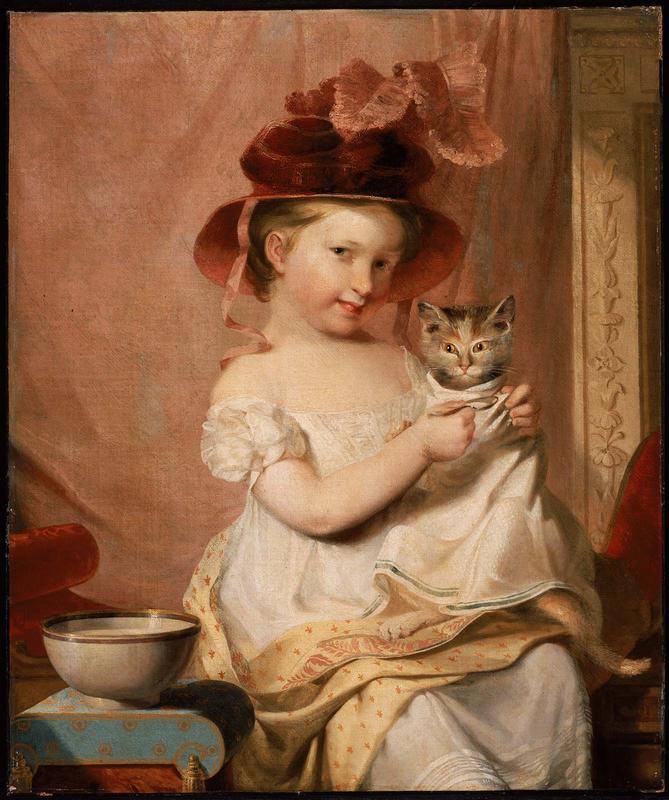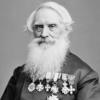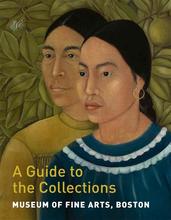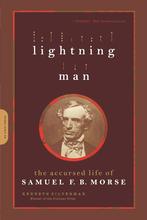More about Little Miss Hone
- All
- Info
- Shop

Contributor
Samuel Morse's Little Miss Hone was born from the good word of Philip Hone to his brother, Isaac.
Philip was happy with his previously commissioned Morse portraits of Chancellor Kent of New York and the sculptor Bertel Thorwaldsen, so he suggested that Isaac hire Morse to create a portrait of Isaac's daughter, the sitter for this painting. Nine years later, Philip still appreciated the skill of Morse, who was then about to invent the Morse Code and the telegraph system. In a letter, Philip praised the portraits of Kent and Thorwaldsen, but added that Morse "...cannot design. There is no poetry about his painting." This is such a vague and vintage criticism that it's hard to know what Hone means by it. He can't mean literally writing poetry on the canvas, Basquiat-style; maybe he means that it doesn't inspire him, that it doesn't seem like Morse has a story to tell. Perhaps he found the commissioned portraits to be a bit transactional. Regardless, if this image were a digital photo taken in this decade, it would be a big hit on Facebook.
As Philip Hone admits, poetic or not, Morse's portraiture is truly impressive, especially after he invented the Morse Code: see, for example, his spectacular works the Muse (Metropolitan Museum of Art), showing Morse's daughter Susan, his taciturn Noah Webster (Mead Museum, Amherst College), and his Marquis de Lafayette (Crystal Bridges Museum, Arkansas).
The five-year-old sitter in Little Miss Hone was then the same age as Morse's daughter Susan, yet Morse has placed her in a pose designed to convey her apparently precocious maternal instincts. Morse wrote to his wife, who had recently returned to their home in New Haven, Connecticut with their children from a stay at Morse's Manhattan studio, of his intention to paint Isaac Hone's daughter "with a cat set up in her lap like a baby, with a towel under its chin, and a cap on its head, and she employed in feeding it with a spoon." Awww gee, is that cute! And what, pray tell, do we think was the cat's opinion of this rare procedure?
Little Miss Hone has found itself in a musical environment for much of the last two centuries. After leaving the collection of the man who commissioned it, it joined the collection of pianist Edith Evans Braun and her husband, tenor vocalist John F. Braun. Then, it was acquired by Curtis Music School founder Mary Louise Bok, the widow of Edward Bok, who edited Ladies' Home Journal and coined the phrase "living room" in the U.S., for a place that had once been called the "parlor" or "drawing room." The portrait was later maintained by Martha Codman Karolik, who had married an opera singer 35 years her junior.
Sources
- "Edith Evans Braun Collection." New York Public Library, http://archives.nypl.org/mus/20102.
- Homberger, Eric. Mrs. Astor's New York: Money and Social Power in a Gilded Age. New Haven: Yale University Press, 2004.
- Hone, Philip. The Diary of Philip Hone. Carlisle, MA: Applewood, 2009.
- Jaffe, Irma B. The Italian Presence in American Art, 1760-1860. New York: Fordham University Press, 1989.
- M. and M. Karolik Collection of American paintings, 1815 to 1865. Cambridge, MA: Harvard University Press, 1951.
- Silverman, Kenneth. Lightning Man: The Accursed Life of Samuel F. B. Morse. New York: Knopf Doubleday, 2010.
- Wright, Gwendolyn. USA: Modern Architectures in History. London: Reaktion, 2008.













